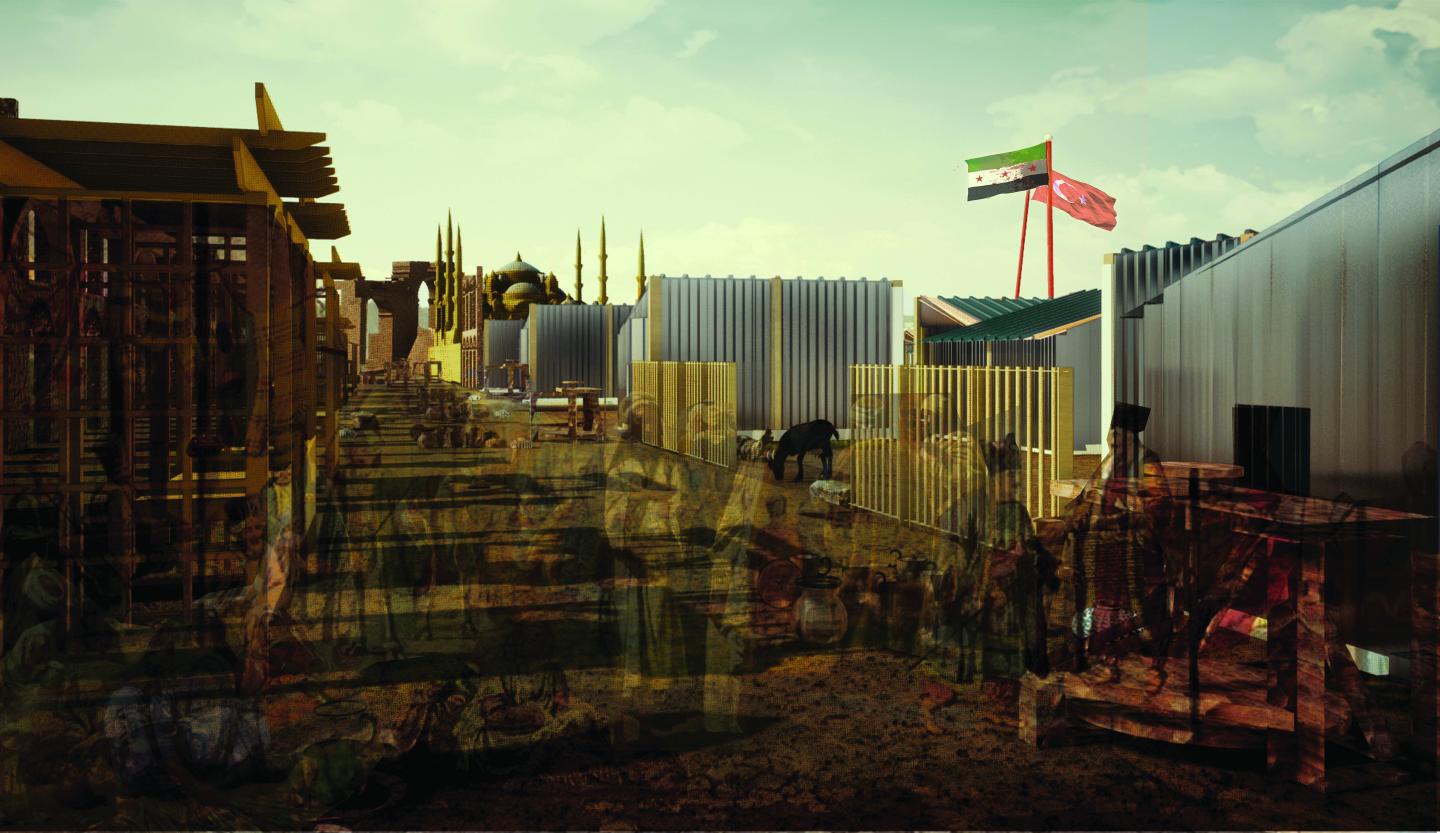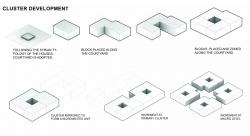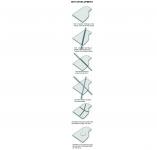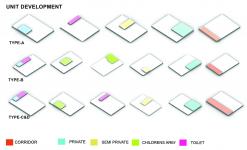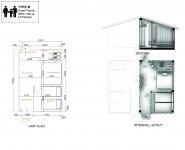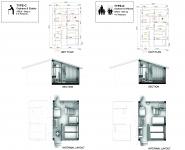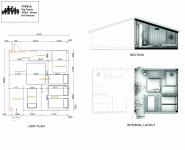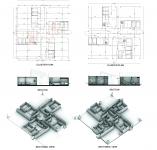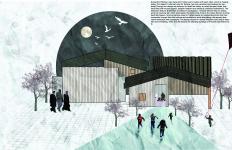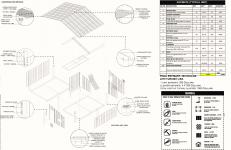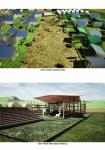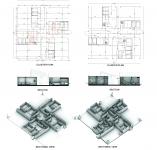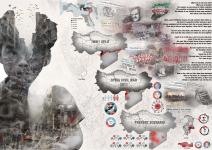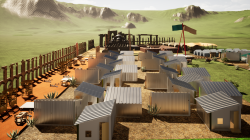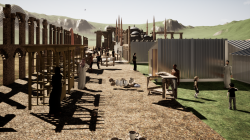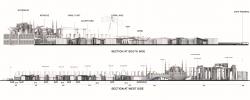The Vision
The differences have never been wider between Turkey and Syria. With war dooming over their homeland, Syrians are forced to seek refugee with their neighbouring country Turkey. But their presence has not especially been acknowledged well by the Turkish people who aren’t keen on receiving Syrians, which is reflected in their saying Neither the sweet from Damascus nor the face of an Arab. It seems that to spot any point of similarity between these two countries, the history must be revisited. The last time Turkey and Syria were together was under the rule of Ottoman empire.
Despite being impoverished under Ottoman Empire, Syria still attracted traders from West and was the hub for spices and textiles. With traders, came missionaries and traders as well. Later they raised clamour to protect Christians of Syria that resulted in them receiving some territorial right which paved the way to a certain level of autonomy in the region.
Hatay-The Lost Province
Located on the east Mediterranean coast, Hatay, a province in south Turkey, bordered by Syria in south is one of Turkey’s most culturally diverse region. After the collapse of Ottoman Empire, Hatay was a part of Syria under French Mandate until 1939, after which it became an independent republic for a short period of time.
As of now, Hatay remains a province claimed by two countries as their own.
All is not lost however, as the forgotten aspect of history that was once a unifying time of Syria and Turkey, and thus Hatay can be revisited to recognise a sense of similarity that was once shared. The displeasure towards Syrian Arabs was not always present which can be inferred from the period of Ottoman Empire when Syrians were venerated and elevated in ranks. The fact that this deference once existed gives us hope that it is possible to evoke those feelings again. The sense of brotherhood instilled by the common religion Islam, can be a thread to tie them together. Hate is a manufactured concept, bought about by the politics of schismatic and power-hungry elements. No matter how different and distant the Syrians feel to Turks, both of them once shared a common history. If anything, it bears testimony of the fact that boundaries are the baseless lines meant to divide and never stands the test of time.
Külliyye:
Our design is influence by the concept on külliyye which we have recreated in order to evoke a sense of past belonging and pride for the glorious architecture of that time. Through this design we aim to not only provide a living place for the Syrian refugees but to do that with a sense of brotherhood Ahiliq that the Turkish were proud of and integrate the Turkish people of Hatay with the Syrian people.
Derived from the Arabic word kul meaning ‘all’, külliyye is a unique Turkish architectural concept that is a complex of buildings spread around a mosque that includes a madrasa, community kitchen, bathhouse, markets, bakeries, etc. The külliyye were usually founded, maintained by religious institutions known as waqf. The construction of the külliyye was started by Seljuqs in Anatolia and the buildings continued to develop the domed and in a central plan structure.
The concept of Külliyye developed for the interpretation of mosque as not just a structure wherein to offer prayers, but as a place for community which includes various activities like eating together, teaching religion to the young and housing the less fortunate.The bulk of the külliyye were designed by one of the most famous Turkish architects belonging to Ottoman Empire, Mimar Sinan, who was responsible to plan and design majority of the building sin the empire. Majority of the külliyyes are found in Istanbul.
2019
Unit Development
The interior designing of shelter has been done according to each targeted specific group and under proper planning. The aspects of planning are:
1. TYPE A: 5mx5m dwelling units (for bigger family)
2. TYPE B: 3.5mx5m dwelling units (for normal family)
3. TYPE C: 3.5mx5m dwelling units (for elderly and children)
4. TYPE B: 3.5mx5m dwelling units (for widows and children)
HAARIS ZAFAR KHAN, MOHAMMAD SHADAN KHAN, ANJUM ANSARI, MANAL ZIA, KAIF ALI KHAN, MUNAZAH SHAKEEL, NUPUR KUMAR
Favorited 2 times
